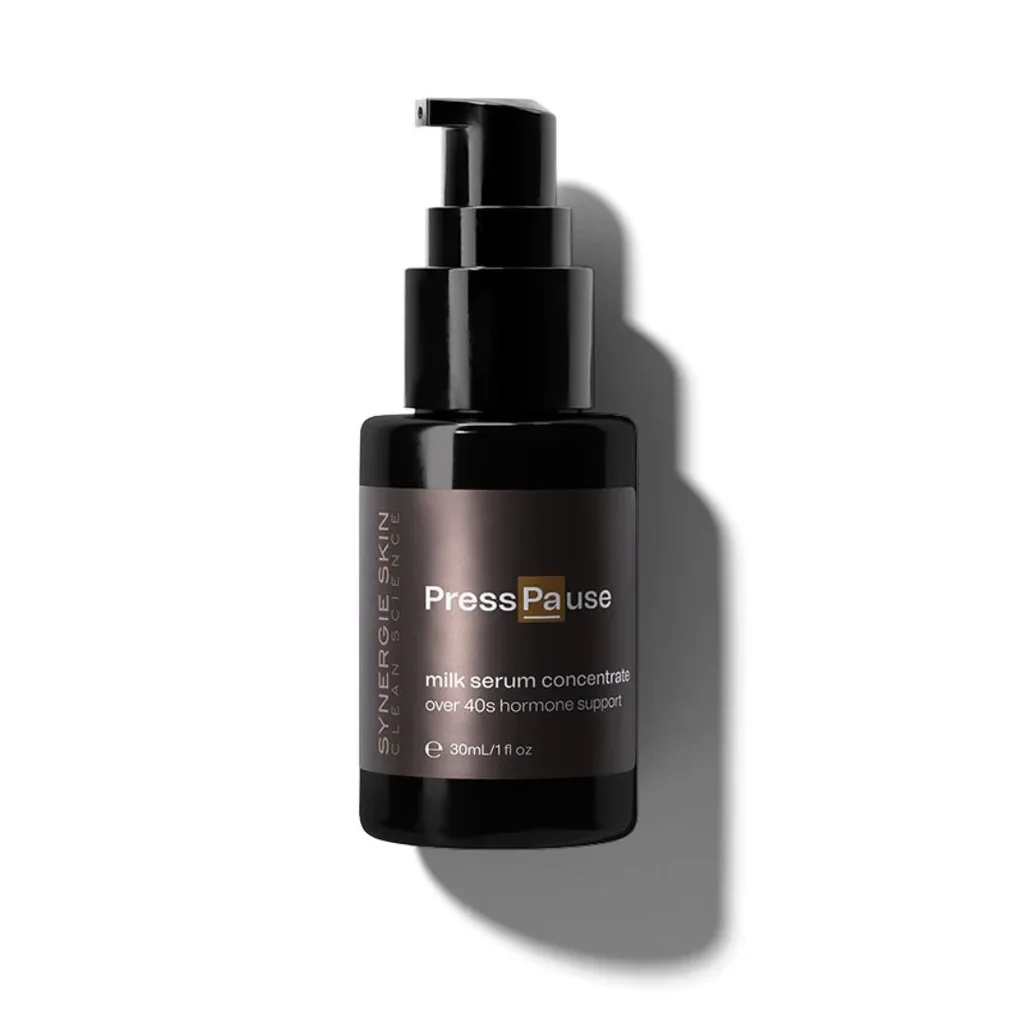It’s a phenomenon that affects 1.7 billion women worldwide and just under 3 million women in Australia. That’s right, we’re talking about menopause. But when it comes to this topic, it seems that our knowledge ends at hot flashes, night sweats and mood swings.
While there’s no denying that perimenopause and menopause can feel like a hormonal upheaval (and mood issue), it can cause a range of changes to our skin, too. This is in part due to the depleting moisture levels, drops in sebum production and increased pigmentation. It’s all a bit of a wild skin ride!
Here, we’ve outlined some of the common skin changes that come with perimenopause and menopause with skin regime tweaks to tackle them.
1. Dehydration, Dry Patches and Overall Increase in Skin Dryness
If you’re moisturising your skin regularly but still notice a lingering dryness, it could be a sign of menopause. As oestrogen and progesterone levels decrease, the loss of hydration can leave the skin feeling firm, tight, and a lot drier than usual.
The skincare upgrade:

01
PressPause Serum
from $155 at Synergie Skin
Try an ultra-hydrating serum designed specifically for 40+ skin like Synergie Skin’s PressPause. The serum deeply hydrates, soothes, and strengthens, helping your skin adapt with confidence.
2. Increase In Random Spots and Acne
As much as we’d like for acne to be a thing from our teenage years, it can rear its head again as we inch closer to our 50s. Unlike the oily, congested skin associated with teenage acne, perimenopausal and menopausal acne can often arrive as a result of extreme dryness (see tip 1.).
So, before you go stocking up on hard-hitting acne solutions, it’s also worth noting that your skin is ultra-sensitive and probably won’t react well to harsh products. Rather, take a targeted approach by applying salicylic acid (a skincare staple for fighting off acne) or niacinamide serum directly to areas of concern.

01
Hyaluronic Hydrating Serum
from $65 at Esmi Minerals
Ideal for dry, sensitive and dehydrated skin, this serum features triple-action hyaluronic acid to deeply moisturise as well as niacinamide (Vitamin B3) for skin repair and oil regulation, it aids in breakout prevention
3. An Overall Increase Greyness or Dullness
The third common pre-menopause skin change is a loss of radiance or glow, resulting in a dull complexion. This is because as we head towards menopause, skin regeneration begins to slow down, often resulting in a build-up of dead skin cells. And no matter how much moisturiser you apply, you can’t ‘moisturise dead skin away’ to reveal your glow.
Those with dry skin should aim to exfoliate with a gentle exfoliator up to three times a week (or as per product recommendation). Remember, if you’re new to exfoliation, always start slowly, and gradually increase frequency as your skin becomes used to the product and process.
Also, try incorporating hydrating and glow-inducing ingredients (think hyaluronic acid, vitamin C and retinol) into your routine. You’ll be on your way to reclaiming your radiance in no time.

01
Tip Toe In
from $68 at Trinny London
For a radiant, hydrated complexion this gentle liquid exfoliant is ideal for beginners looking to slough away dead skin and improve the overall appearance of tone and brightness.










